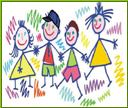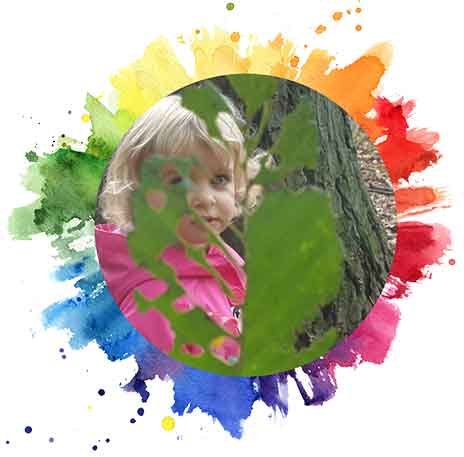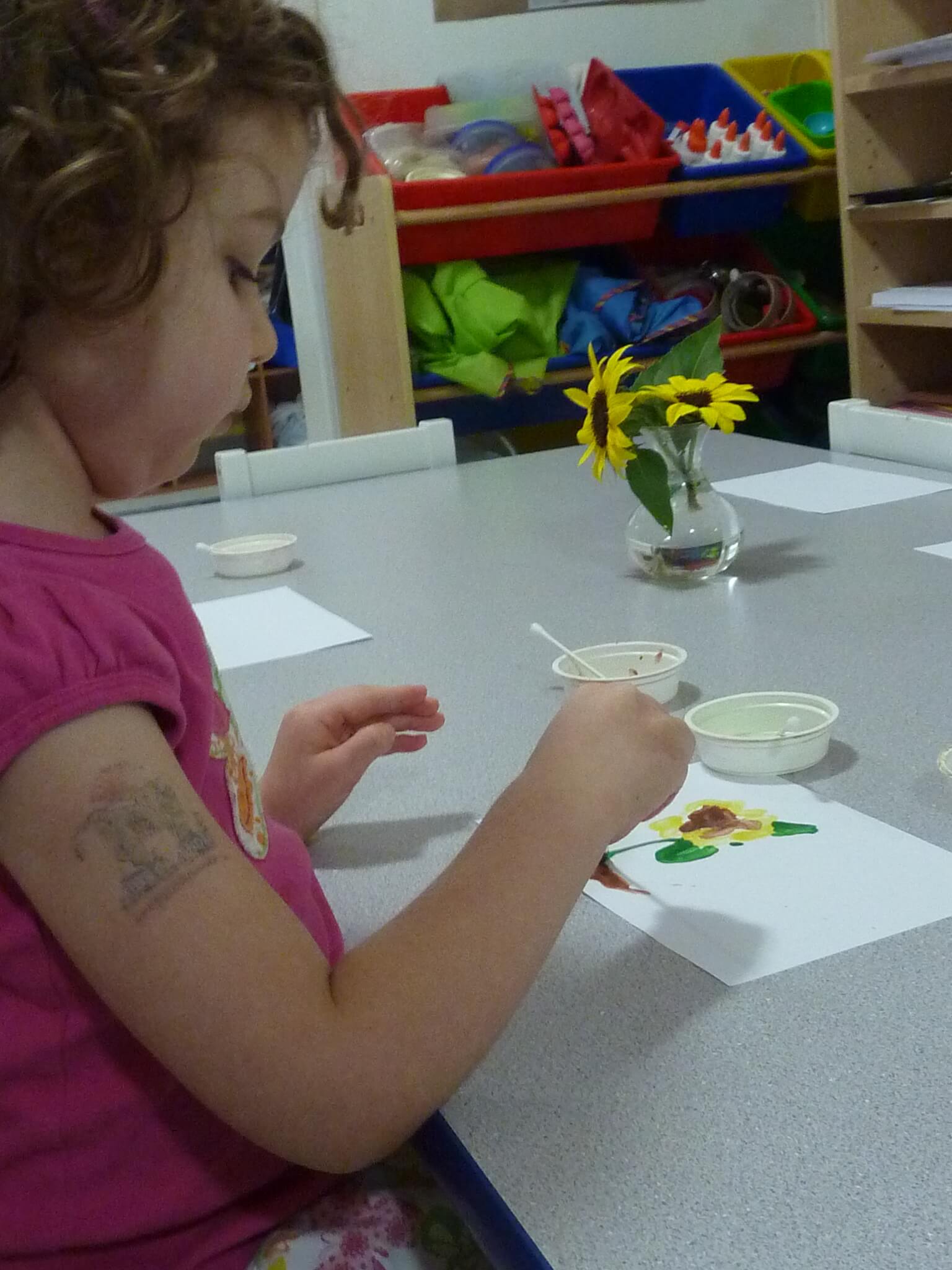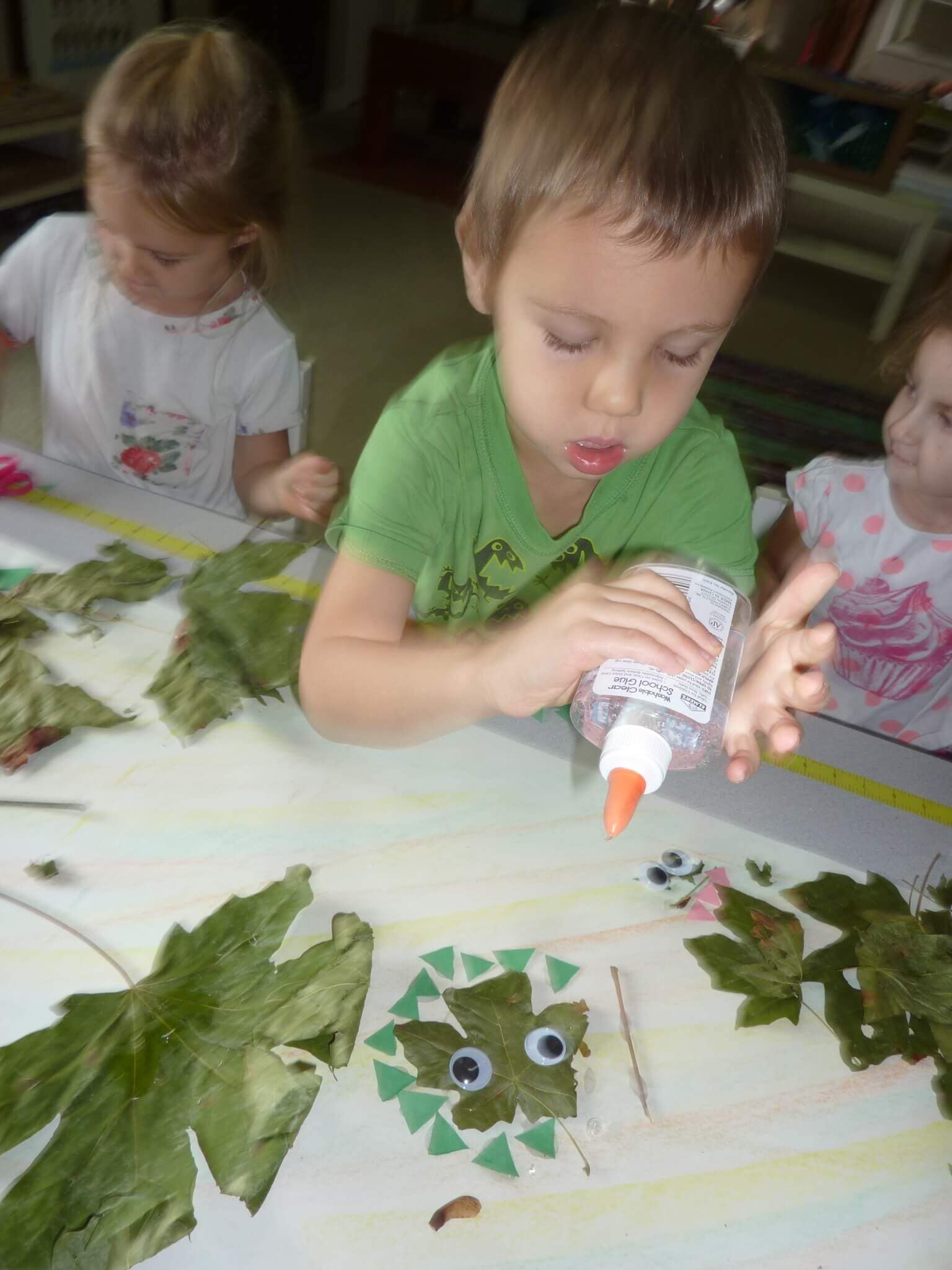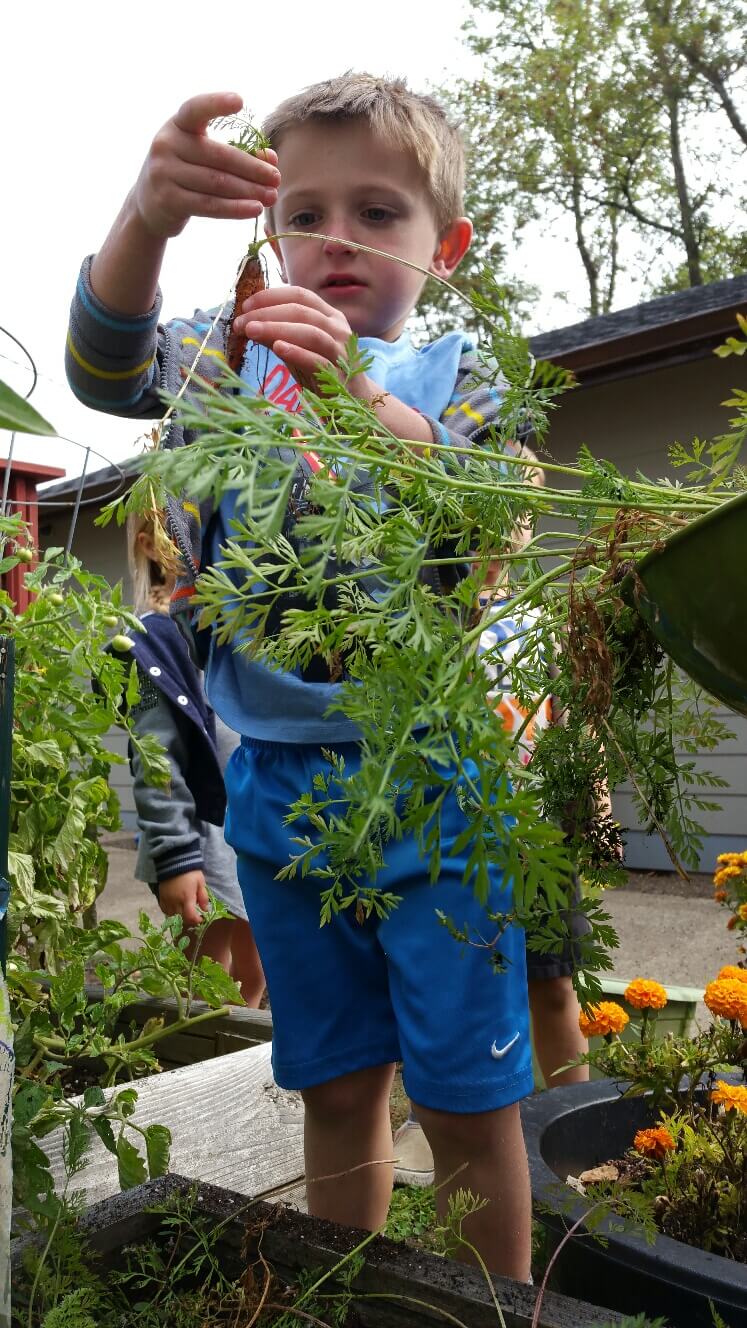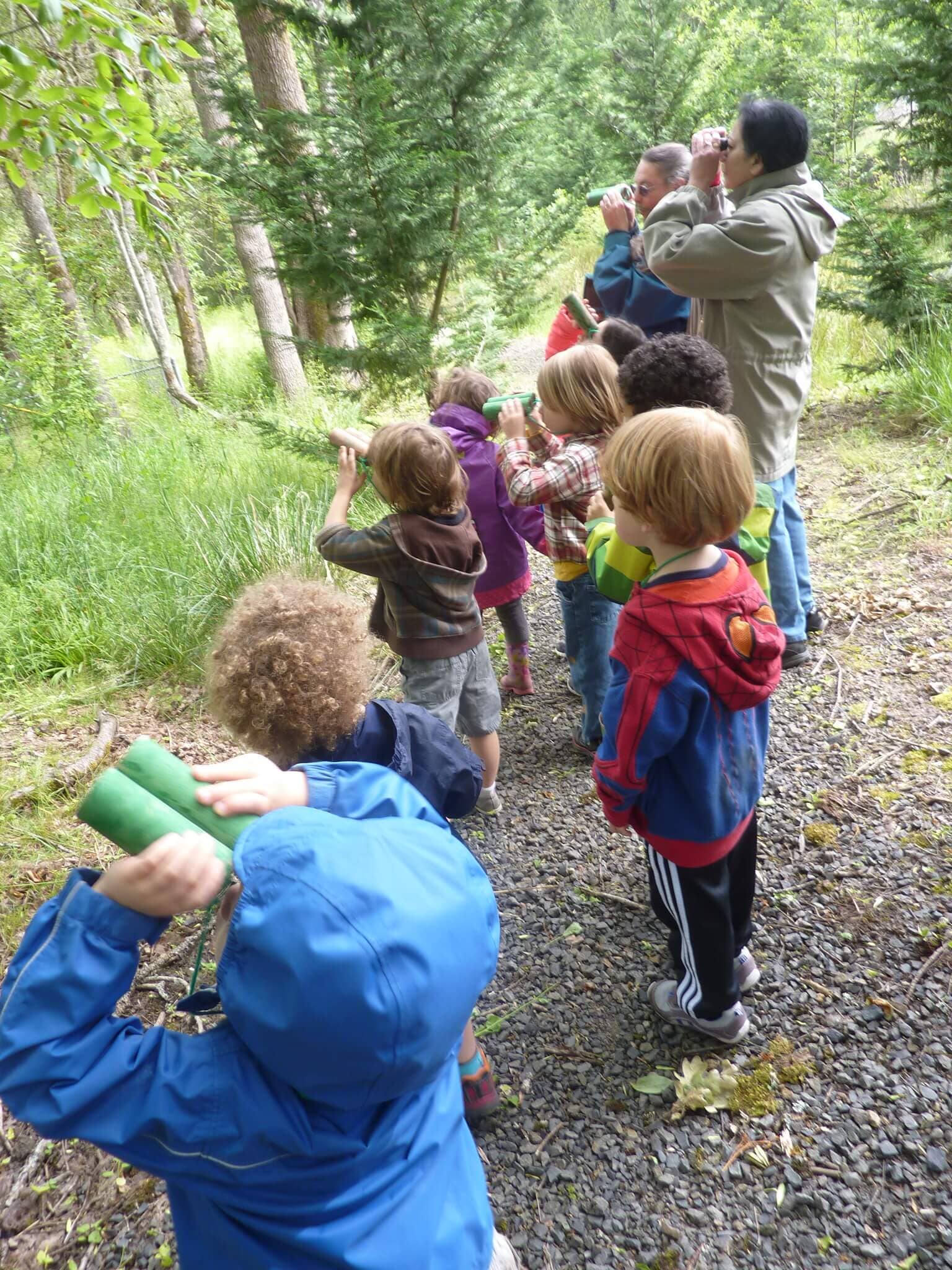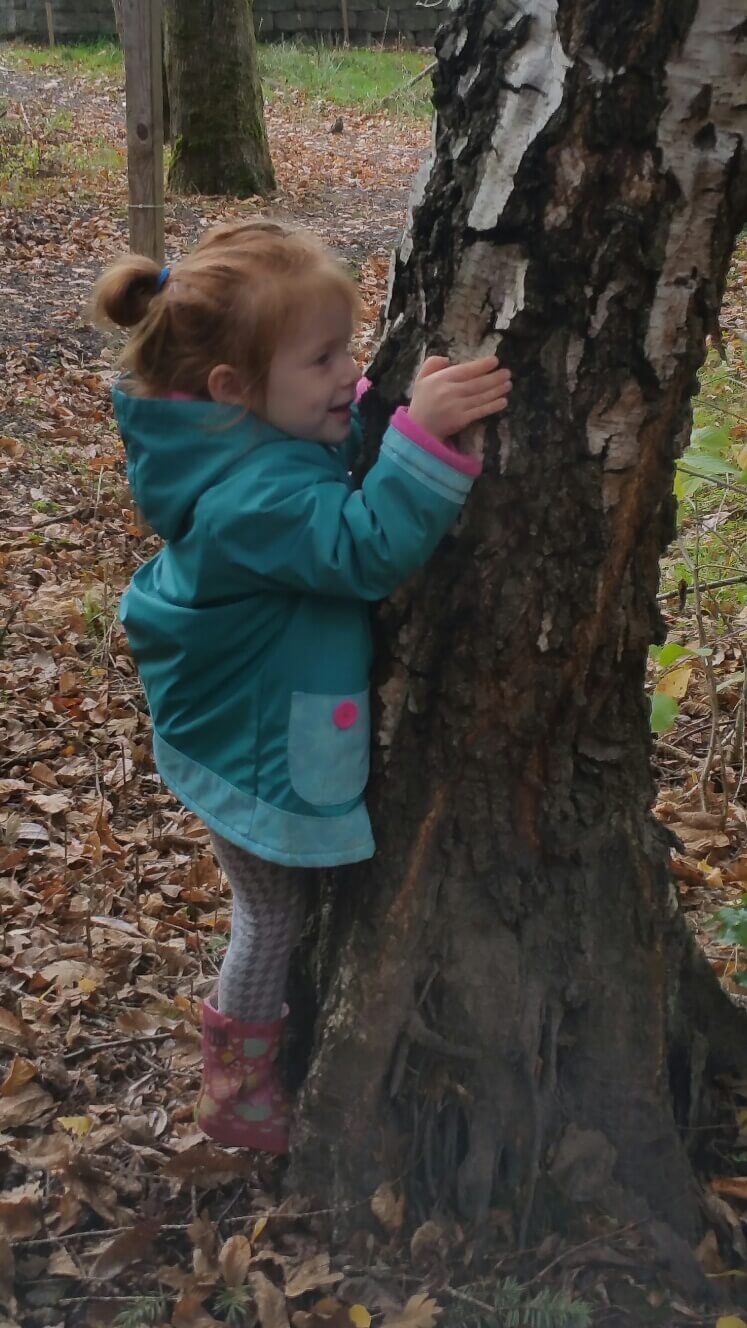Children Focused Curriculum in Beaverton, OR
Reggio-Based Curriculum
Loris Malaguzzi, was the founding director of the Reggio Emilia approach to Early Childhood Education. He was a social constructivist who was influenced by Dewey, Piaget, Vygotsky, and Montessori. Other notable psychologists such as Brofenbrenner, Bruner, and Gardner also influenced Malaguzzi's approach to education. When looking at Reggio Emilia, it is important to remember that it is an ‘Approach' and not a ‘Method,' meaning that it should be viewed as inspiration rather than a set of instructions.
Students of Emilia Reggio are seen as creative, capable and competent beings that can, through their interests and creativity, inspire their own curriculum. While independent thought and activity is important, collaborative work is also strongly encouraged. Children in Reggio Emilia classrooms use their five senses to explore the world around them and are encouraged to express what they observe in a creative manner. For the most part, the children are assessed based on their own potential development rather than on standardized norms of ages and stages. The goal of Reggio Emilia schools is to create independent children with rules, theories, values, inquiries, and solutions of their own. Another goal of the Reggio Emilia approach is for children to develop responsibility for themselves and the group as well as their own processes and products. In brief, the role of the learner in a Reggio Emilia classroom is to be an independent learner capable of collaboration, and to help form his or her individual curriculum through personal interests and explorations.
Our Schedule
7:00 AM - 8:30 AM:
The children and families begin to arrive. Children play inside and parents are welcome to help their children transition comfortably. Children choose from a variety of activities, including sensory tubs, reading, dramatic play, art and puzzles.
8:30 AM - 9:00AM:
Morning meeting. We meet as a whole group, sing our morning song and the children are encouraged to make choices for the next phase of their day. We might also discuss our project work or other things we are working on as a group.
9:10 AM:
Children are invited to have a healthy organic snack. Fresh fruits and veggies are served for snacks and lunch.
9:30 AM - 10:15 AM:
Children engage in outdoor play or go on a nature walk.
10:00 AM - 11:30 AM:
During centers choice, children may choose from a number of activities, some as provocations from teachers, others imagined by children. The centers that will be available to children include science, art, math manipulatives, a dramatic play area and blocks. During this time, one teacher will usually be available to conduct a small group project that may span the term of a month or two, or even longer.
11:40 AM - 12:15 PM:
The children and teachers transition to our lunch circle, saving work, cleaning our room and preparing our space for lunch. We eat in small groups around our tables.
12:15 PM:
Children are finished with their lunches and during this time we have a teacher's choice. Teachers engage children in different indoor or outdoor activities such as: play writing, story telling, project work or to take a walk.
12:30 PM:
Morning children greet their parents and say goodbye to their friends for the day.
1:00 PM - 2:30 PM:
Quiet time. Some children take naps, others read quietly on their own or with a teacher, others do puzzles or draw in a journal.
2:30 PM - 4:00 PM:
Choice time. Children have an afternoon snack and engage in project work or free play.
3:15 PM:
Children are invited to have an afternoon snack.
4:00 PM:
During our closing circle, we sing songs, read a book, perform our stories that were written that day and spend a last moment together before parting.
4:30 PM - 6:00 PM:
Children are given time for outdoor or free play.
For More Information On Our Daily Rhythm, Call Us at (971) 219-0643.
